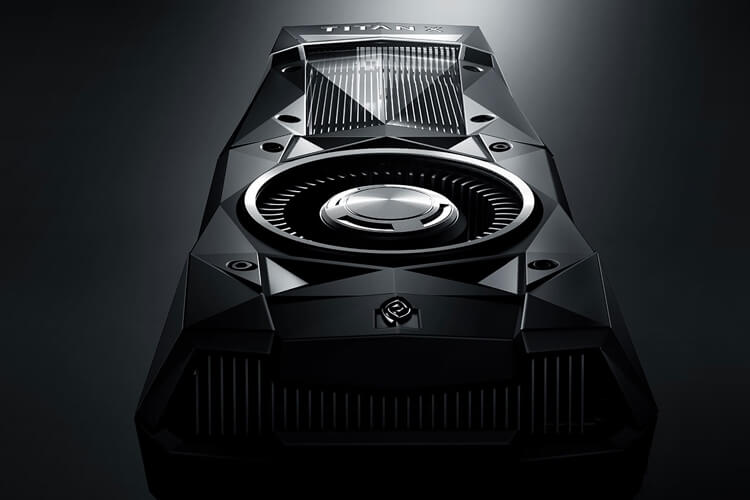AMD processor lines in 2016
When choosing a processor from AMD, you come across a lot of incomprehensible letters and numbers. What do they mean? How do you separate an average processor from a weak one? You will learn about this in our material.
Introduction
There are many chips on the market from this famous company. And as mentioned in these articles about the choice of processors for a stationary PC and laptop, AMD processors have certain advantages that, under certain conditions, outweigh the scales in the direction of this company.
Processors before 2010 will not be considered here, as well as server solutions, chips based on the AM1 platform, as well as the AMD Ontario line (not currently relevant), so the marking shown in this article may not apply to them.
Here is a video that will help you figure it out, but we still recommend reading the article, as it is more detailed and will be updated in the future.
Architecture
Chips of the 4 latest desktop architectures are currently on the market, and in the second half of 2016 it is planned to present the world with a new Zen architecture with a big jump in performance per clock and a reduced process technology to 14 nm, which may help to catch up with Intel in the top segment.

Sockets
Current platforms at the beginning of 2016 include FM2, FM2 + and AM3 +
Processor lines
E series
Low-cost entry-level processors for notebooks and netbooks.
E1 has 2 cores on board, and E2 has 4.
Belonging to a particular generation is determined by the first digit:
- 7- Carrizo-L
- 6 Beema
- 2, 3 Kabini (excluding old chips before 2012, which have the same number)
Chips of this series are quite small and if there is a need, you can familiarize yourself with the models by the link.
APU
AMD processors with integrated graphics core (APU) are divided into lines:
- A4 2 cores
- A6 2 core
- A8 Quad Core
- A10 Quad Core
A12-8800B falls out of this nomenclature, but you can read about it here.
Accordingly, from weaker to more powerful, both in graphics and in the processor part. Here’s an example:

The first number indicates the processor cores (generation).
CONFORMITY OF THE DIGIT TO THE TYPE OF NUCLEAR GENERATION DIGIT IN THE NAME OF THE CHIP
| Carrizo | 8 |
| Godavari | 7 |
| Kaveri | 7 |
| Richland | 4, 6 |
| Trinity | 4, 5 |
In our case, having the number 7, we get Kaveri kernels.
It should be noted that the number 4 in the A4 series on the Richland architecture means a reduced frequency, which leads to a decrease in performance.
850 indicates performance among similar processors in frequency (more is better)
- P typical power consumption with mobile processors (35 W)
- B designation for Pro processors
- M mobile processor (old designation)
- K unlocked for overclocking
- T low power consumption (stationary PCs)
Interestingly, there are A-processors with the FX trademark. As a rule, these are the most powerful laptop processors of the company. They are also based on the APU architecture.
Athlon
Now let’s talk about Athlon. In fact, these are the same A processors, but with a disabled video core for a lower price.
Take as an example

- X4 stands for 4 processor cores
- 8 is a pointer to Kaveri cores (7 Trinity)
We see no point in pointing to earlier models, since even the top-end Athlon X4 860K chip for this socket demonstrates the results of an average chip by modern standards, so we do not advise you to take these processors in 2016. If at first it suits you, then during the upgrade you will have to change the motherboard, which will cost a pretty penny and recoup the money saved on this solution.
- 60 also, as in the previous case, indicates the position of the processor in the line
- K matters too
Fx
Now let’s talk about the fastest AMD FX series processors. These chips have great overclocking potential and a very affordable price tag. The main disadvantage stems from a rather outdated architecture and production technology, energy consumption. The TDP performance ratio is far behind Intel processors, but the price performance is at a very good level. The nomenclature below is not valid for the FX 9xxx; they are the same 8xxx, but with an increased clock speed. Here is the chip we chose as an example:

The first number indicates the number of cores, in this case 8.
The second indicates the generation
- 3 cores Vishera
- 1, 2 Zambezi cores
The rest of the numbers indicate the frequency of the chip within the same family, but we believe that it does not matter. We advise you to take the youngest model in the line, since the older ones are exactly the same, but with factory overclocking. Why overpay for factory overclocking, if “stones are chasing so well?
If you still have any questions, you can visit the AMD website for some useful information.
This article did not provide information about older chips, as well as about server solutions due to the outdated technology (technical process, architecture) in the former and the specificity of the application and the high cost of the latter. We hope that our material has helped you to understand the nomenclature of AMD processors and will help you make the right choice.


